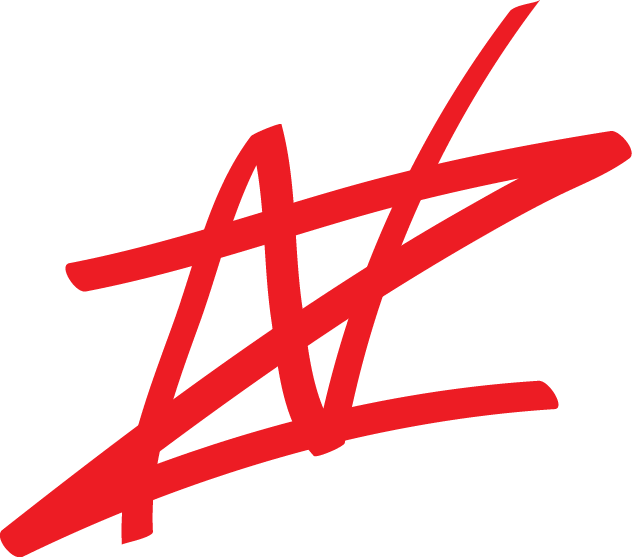Greyrock farm Vessel
We were tasked with designing a glass object that acknowledges the history of the Rust Belt with current state of food and beverage in this region.
This post-industrial region of the northeast has been named the Rust Belt for just that reason, it's rusting. Many of the factories that were once flourishing businesses have moved their production out of the area, leaving these once successful cities to struggle. One company that remained within the Rust Belt through thick and thin was Corning Glass Inc.
Corning Glass Incorporated is known for it's innovative and groundbreaking glass products which range from your kitchen to the Hale Telescope lense. Today, they are best known for Gorilla Glass, which is a key element in many smartphones, tablets, and televisions.
The Corning Museum of Glass runs a program known as GlassLab. This is comprised of expert glass blowers that work with designers to push the boundaries of traditional glass blowing to produce uniquely beautiful pieces. We had the opportunity to work with GlassLab via New York designer and pig enthusiast, Harry Allen.





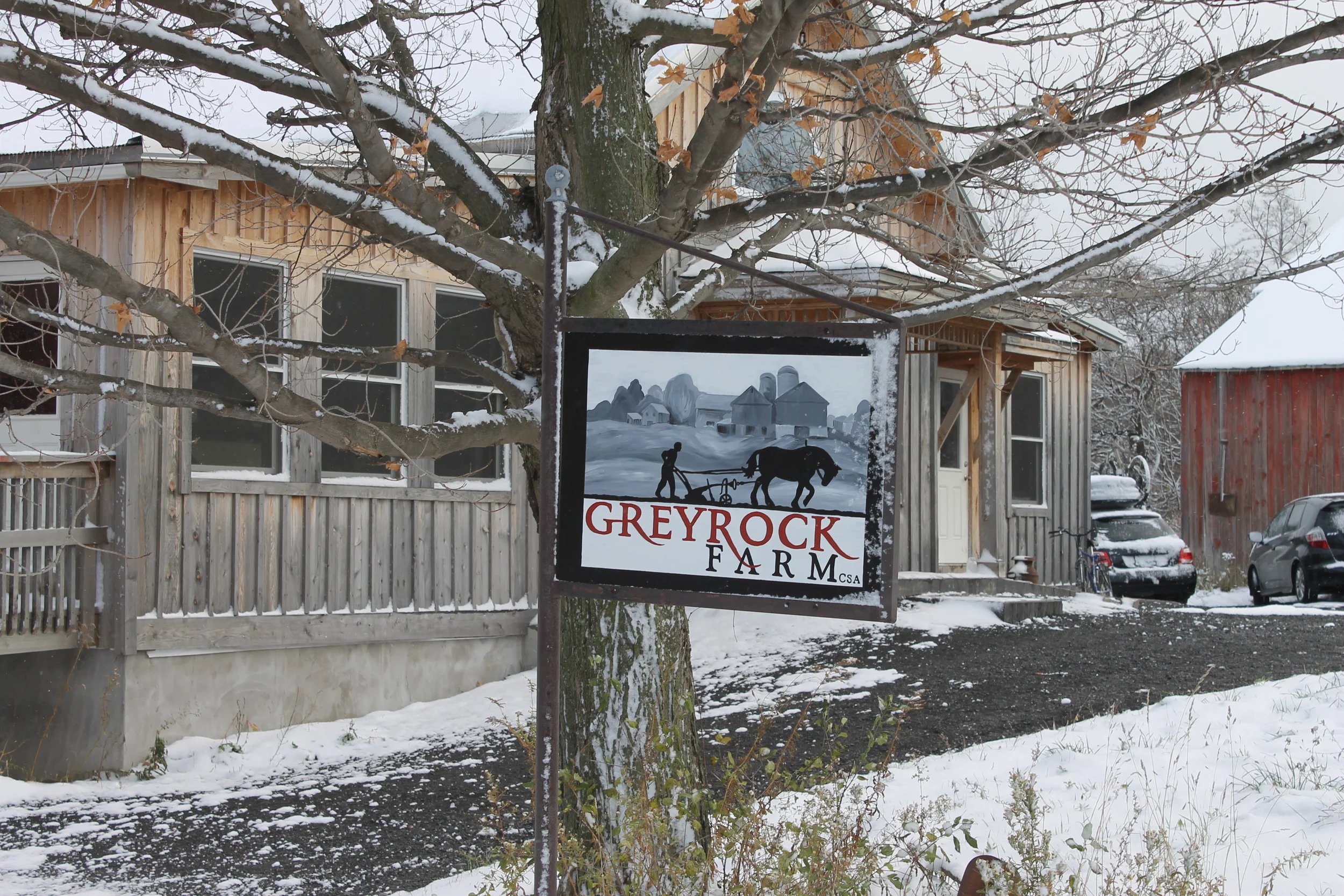
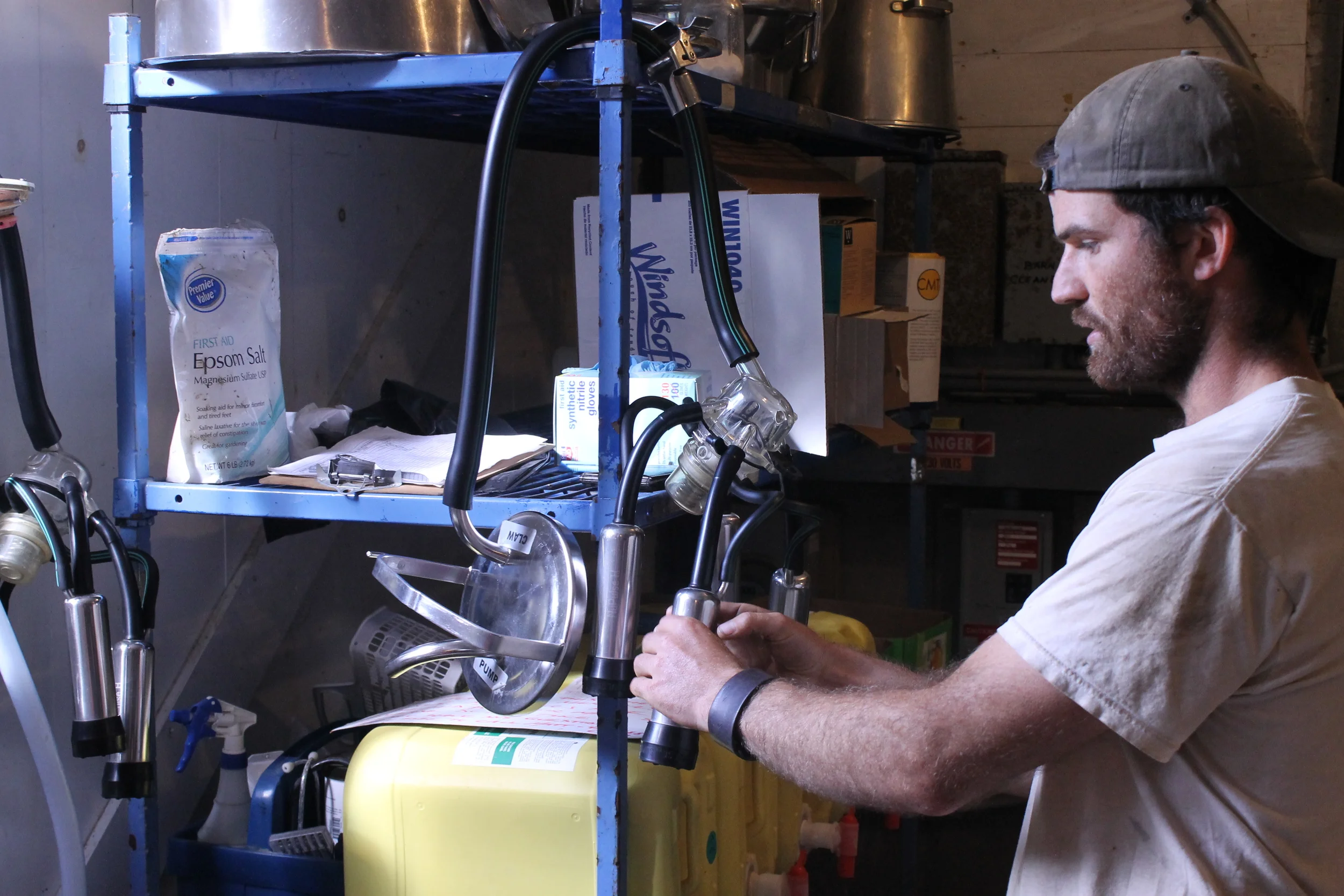

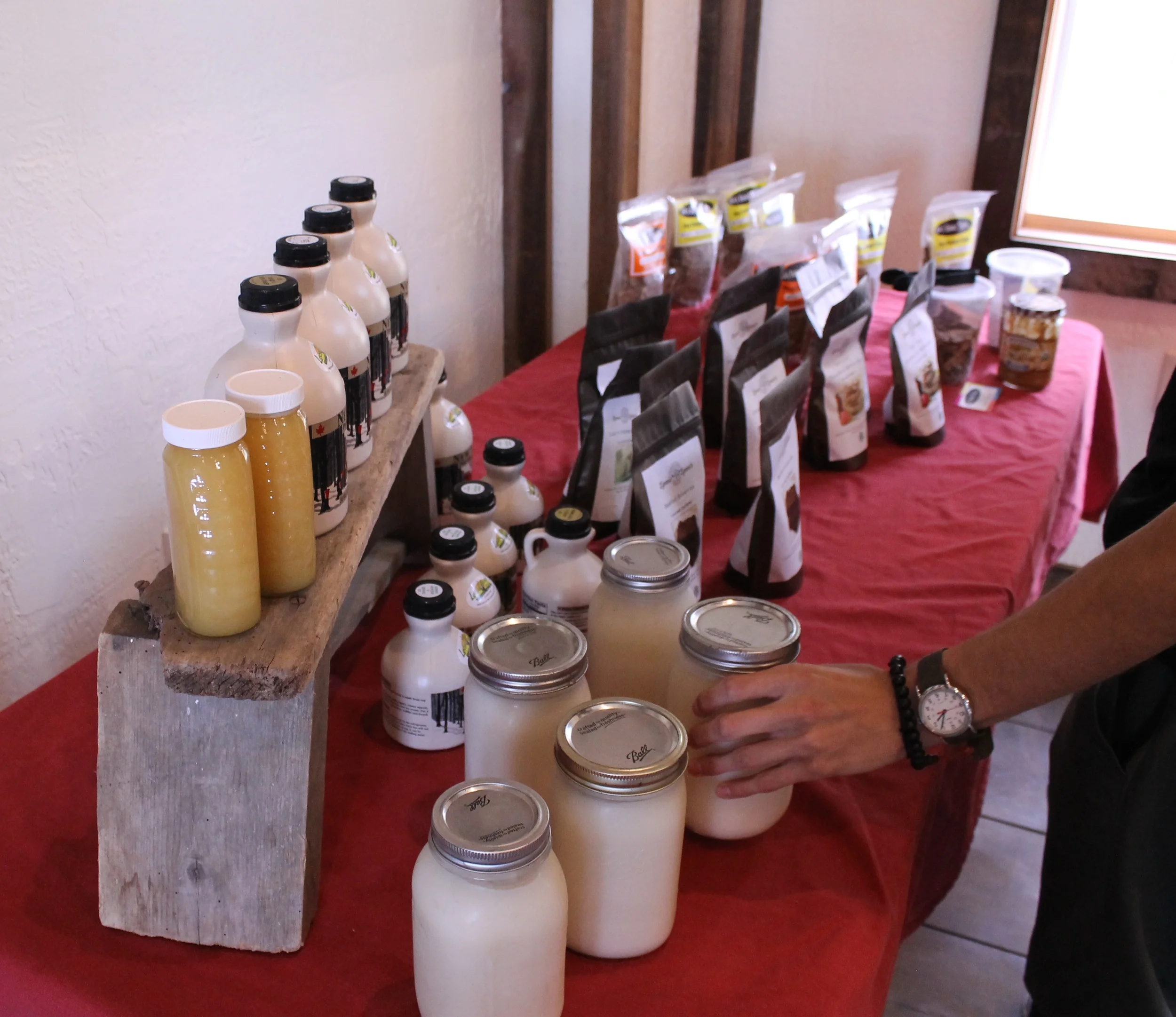
This is Matt. Matt runs Greyrock Farm, a small farm with a CSA (Community Supported Agriculture) program. Upon visiting, we found a place where time honored traditions are practiced, and where food reigns supreme. Matt cares about the vegetables he grows and the animals he raises, striving not to waste an ounce, including his pig's fat, which he renders into lard.
Lard is something that is not as common place as it once was. Since WWII rationing, Americans have replaced lard with lesser quality fats. With everything in moderation, lard is actually better for you than the saturated fats in butter and vegetable oil. Fats like olive oil, butter, and coconut oil have been repackaged in a plethora of beautiful and interesting containers. However, lard seems to have been left behind.
As part of the real food movement, there has been a growing trend to re-introduce lard into the kitchen. Advocates of the Paleo diet, and the Westin A Price foundation tout lard as the perfect cooking fat.
Matt's pastured pigs are raised right on the farm, from the time they are born until they are sold as bacon, pork, and of course, lard. Unfortunately, lard is the least successful part of Matt's CSA, which is where we found we might be able to help.
Matt's current CSA includes multiple successful container return systems. While mason jars full of unpasteurized milk fly off the shelves, his quart size jars of lard have tempted only a few foodies. We plan to incorporate our design within Matt's current system, allowing our new lard vessels to return to the farm countless times.

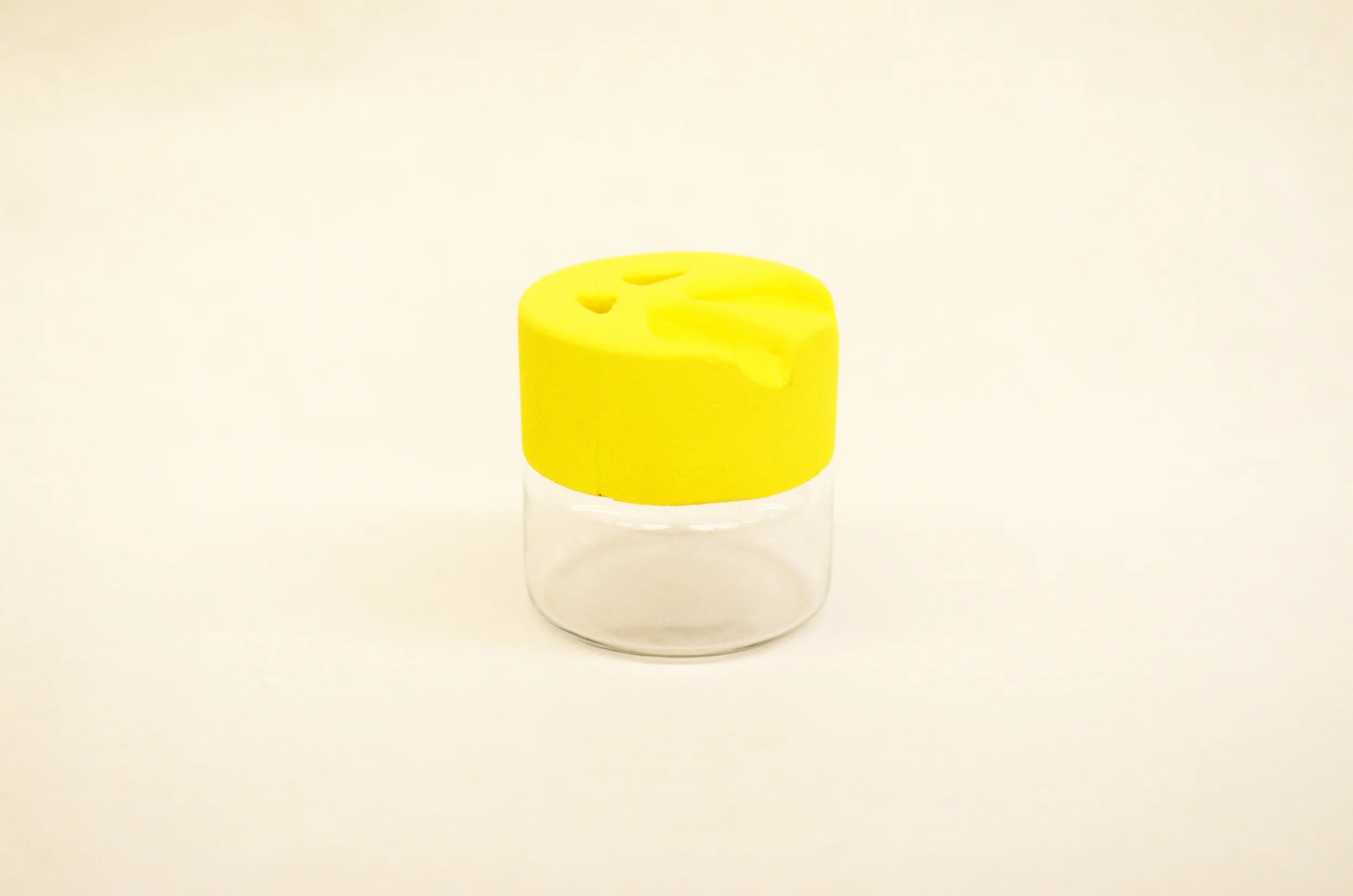
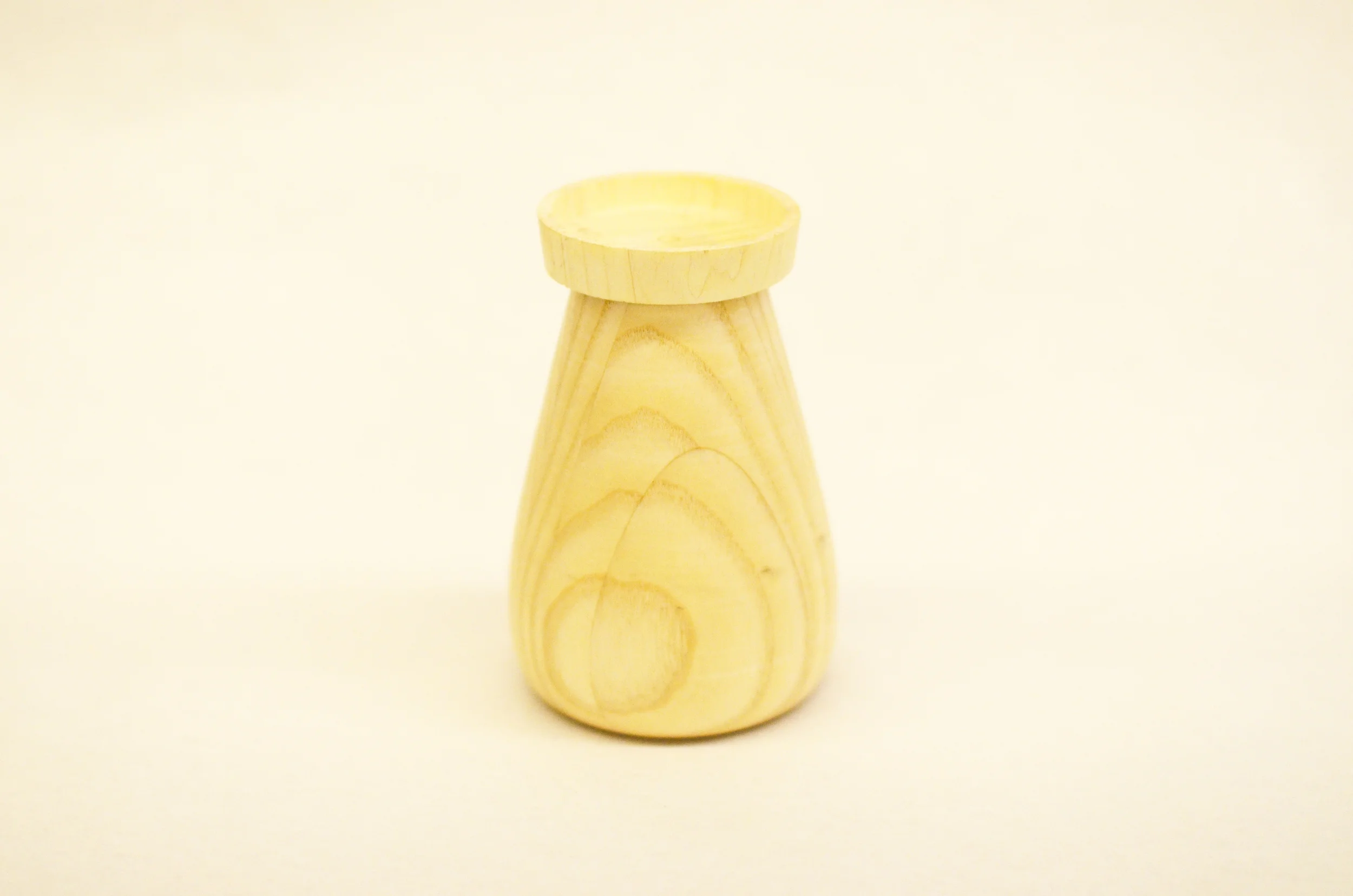
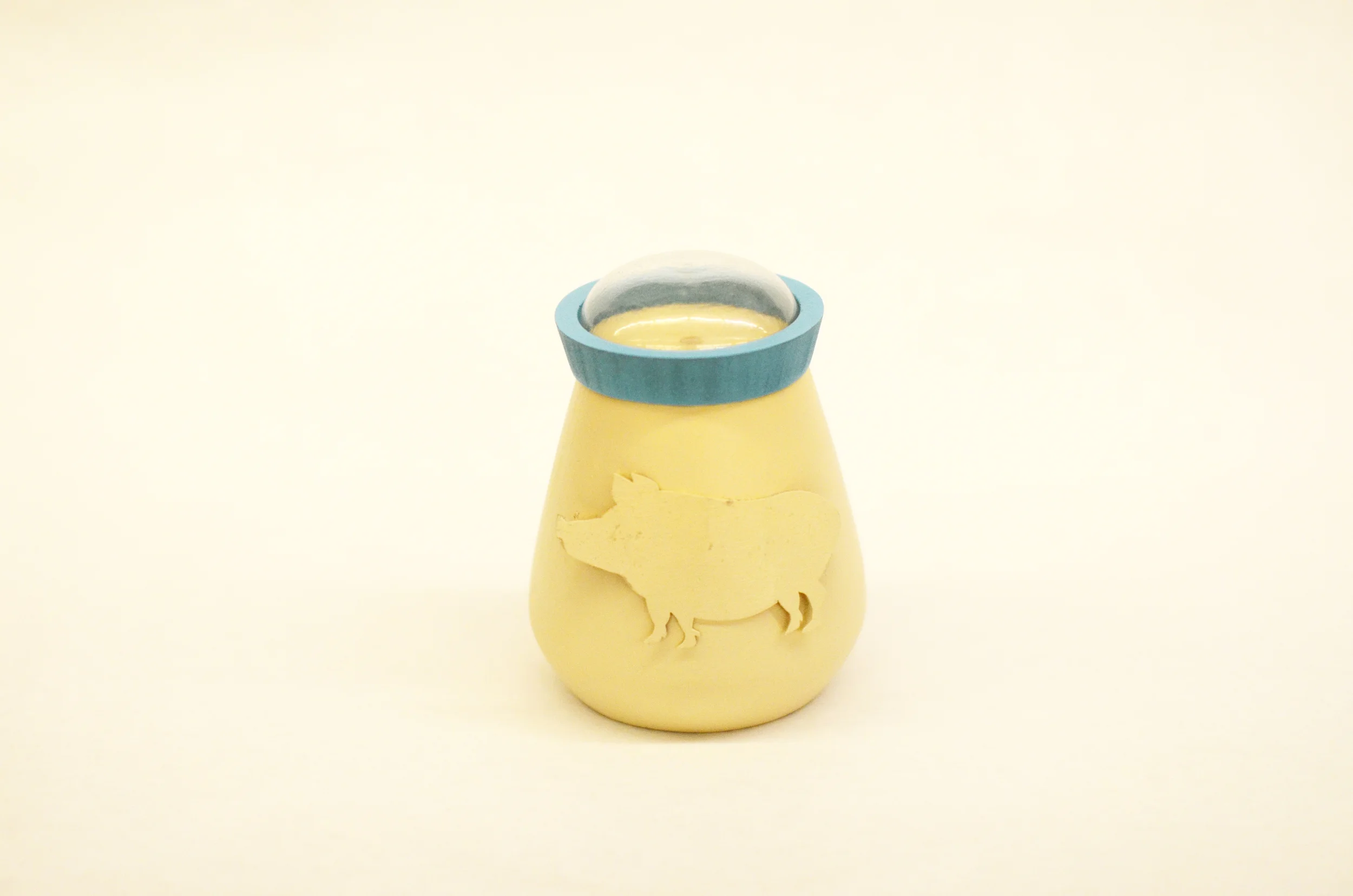
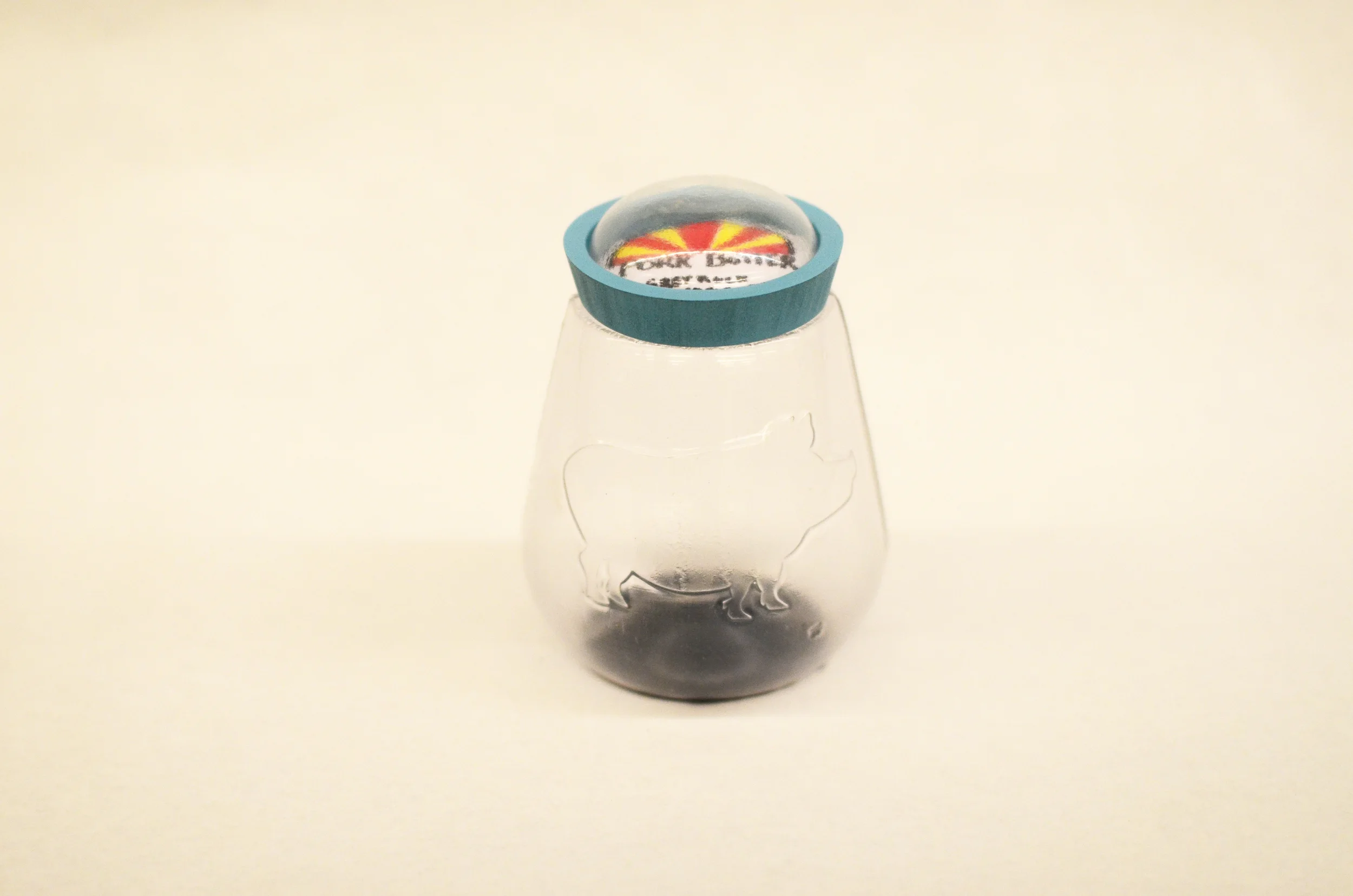
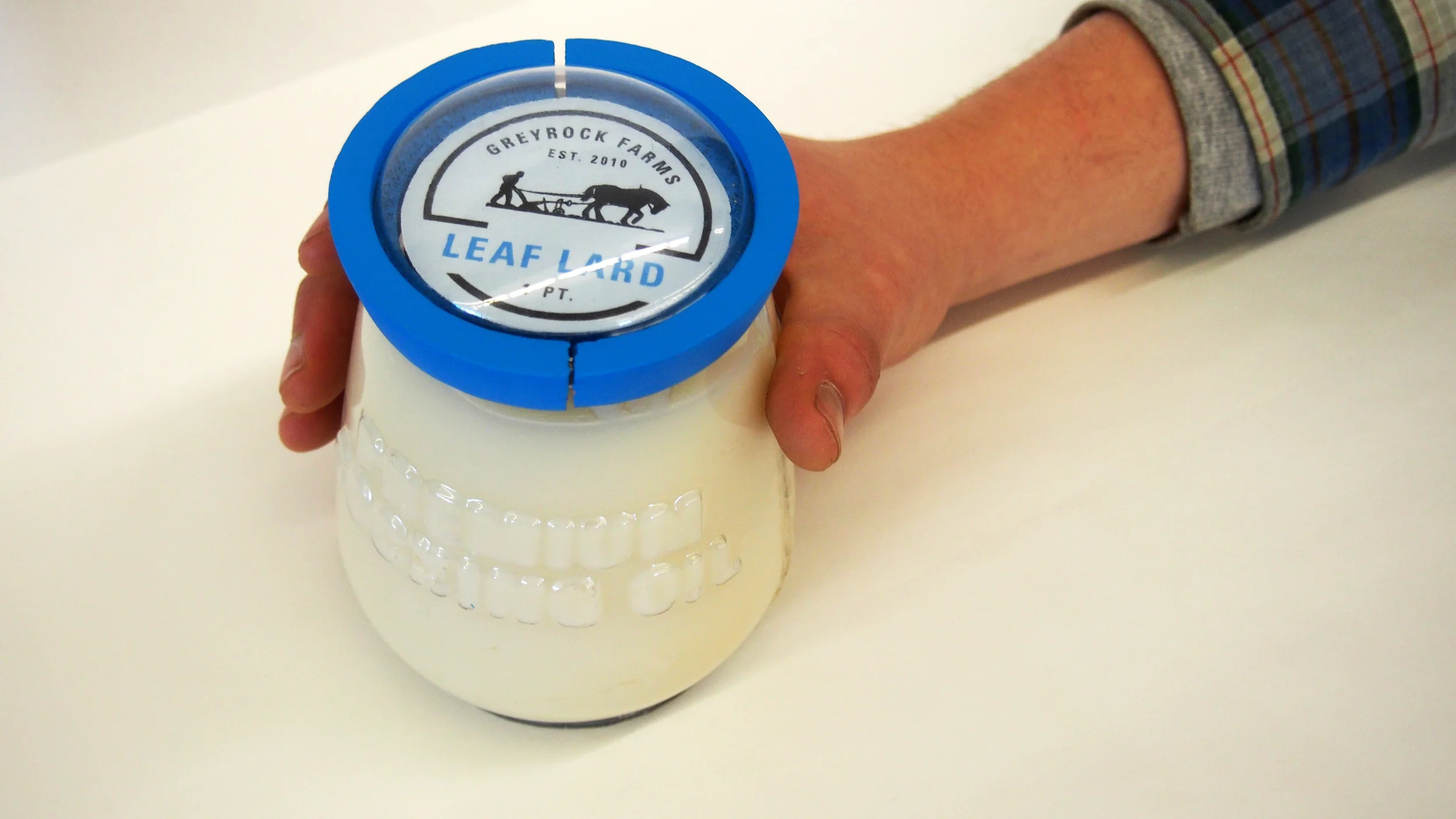

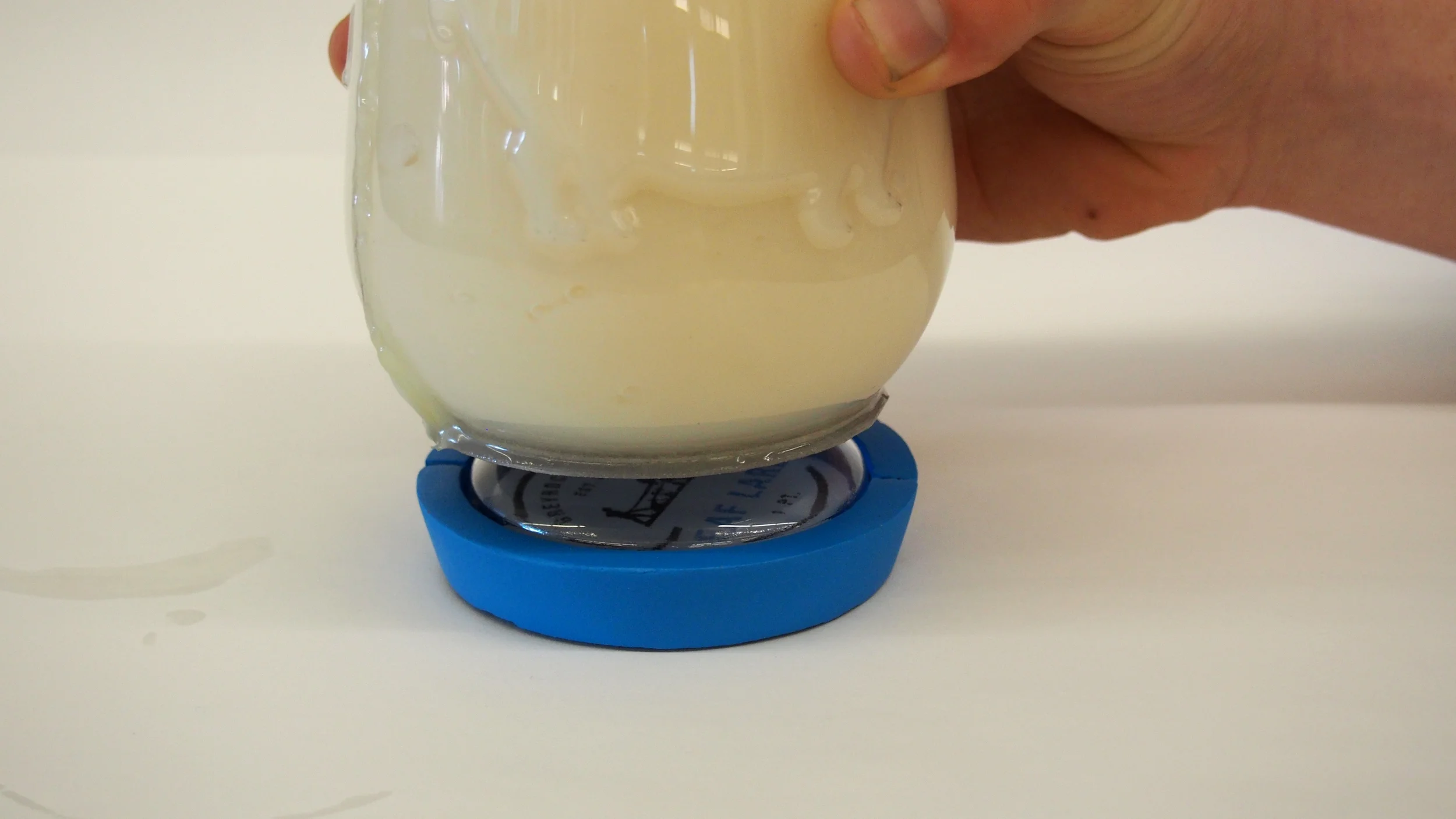
In our early ideation, we explored different forms of interacting with lard. Some of these include cooking, spreading, storing, and pouring lard.
The design that was chosen is a somewhat stout little jar, with a raised pig on the side. A colored ring as part of the lid visually continues the gradual body taper into the glass dome on the top of the lid. The dome also allows for multiple jars to be stacked on top of each other. It was important for us to have this two-component lid, so that a label denoting the type of lard could be easily replaced by Matt from the under side, and not get damaged by the fatty oils.
To create a useable prototype, we vacuum formed a three part jar body, as well as 3D printing a prototype for the lid, with the removable section.

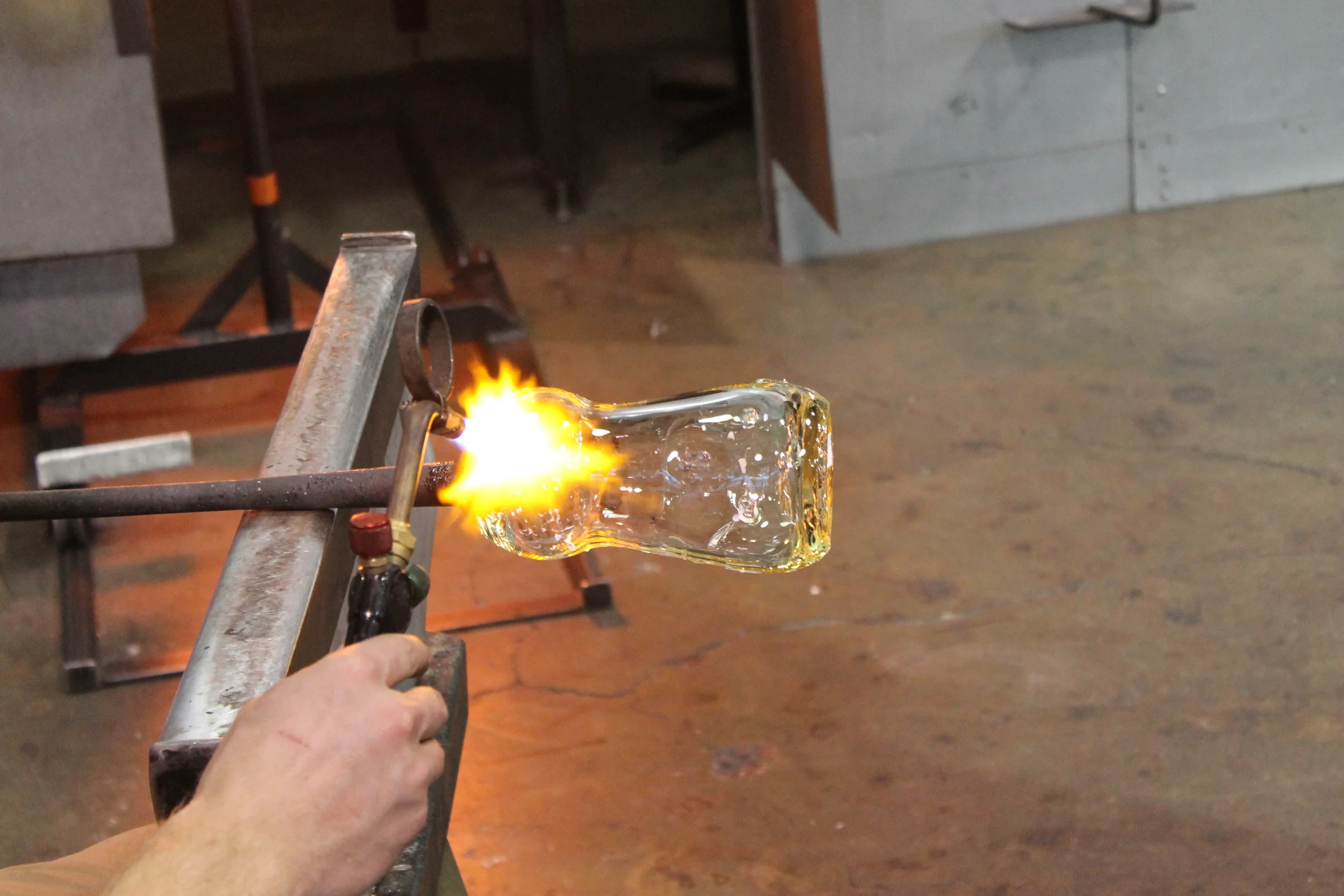





Working with the gaffers of Corning GlassLab, we were able to create a two prototypes, using a three part plaster mold, and later a cast iron mold, which provided much better definition and detail.
